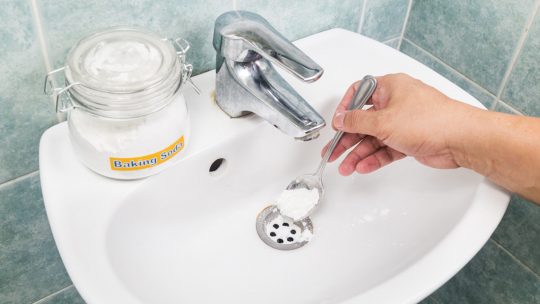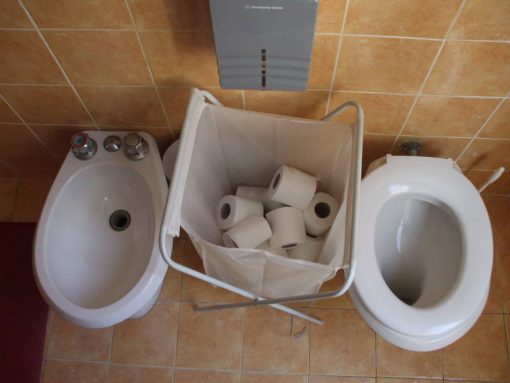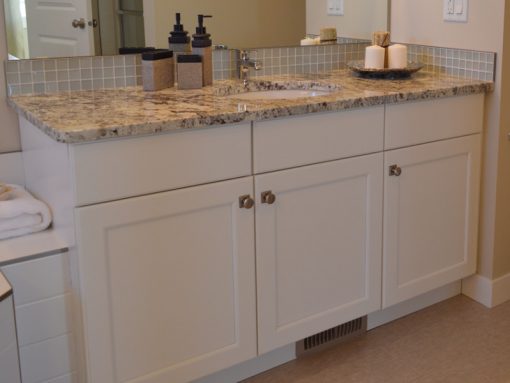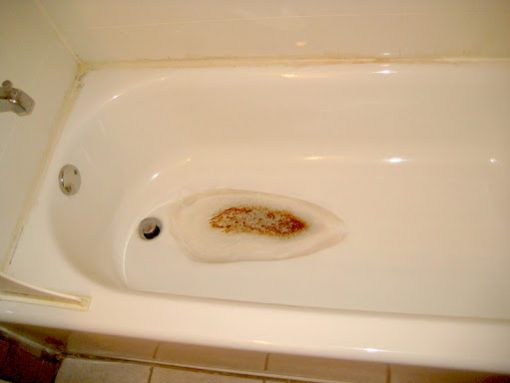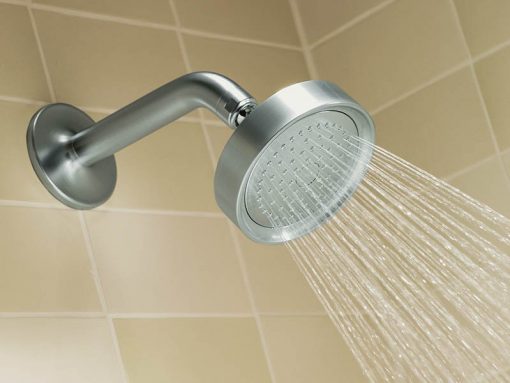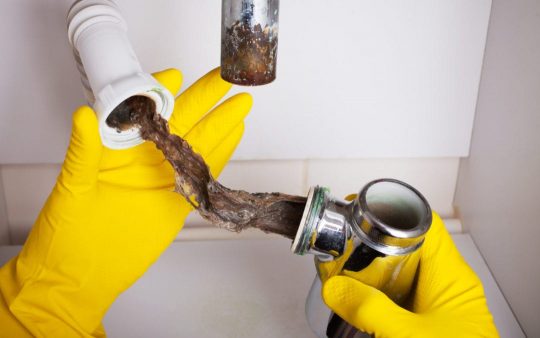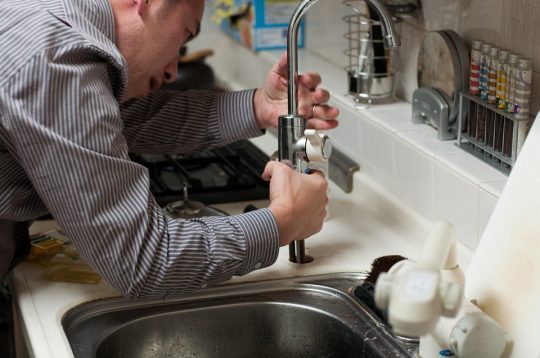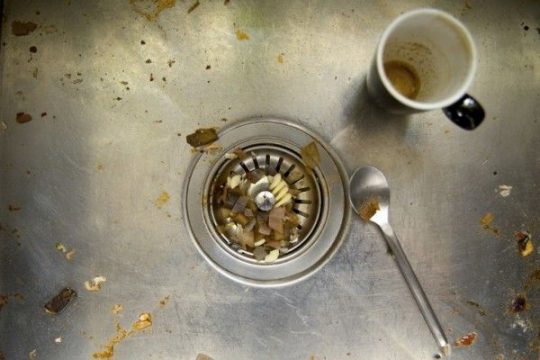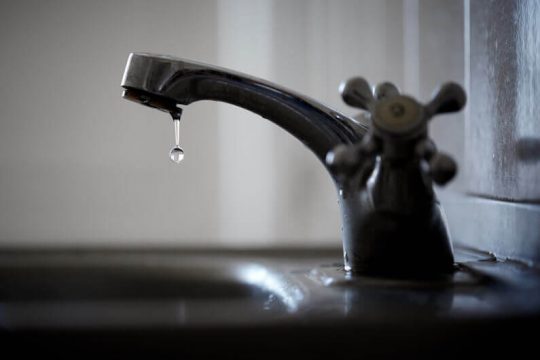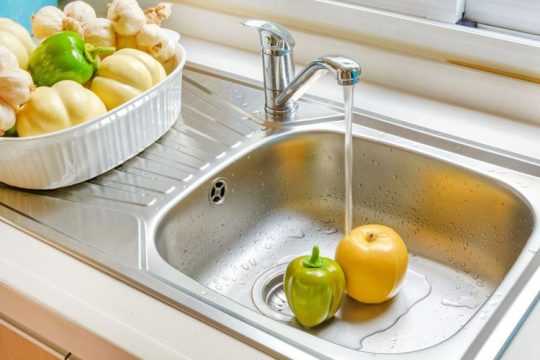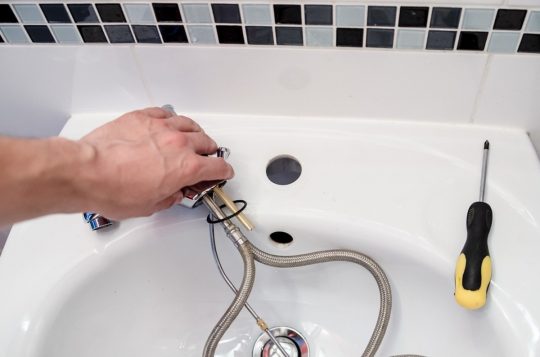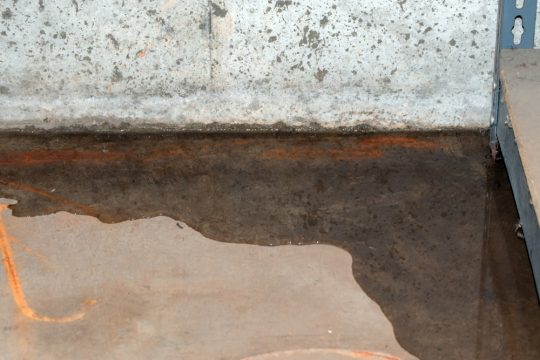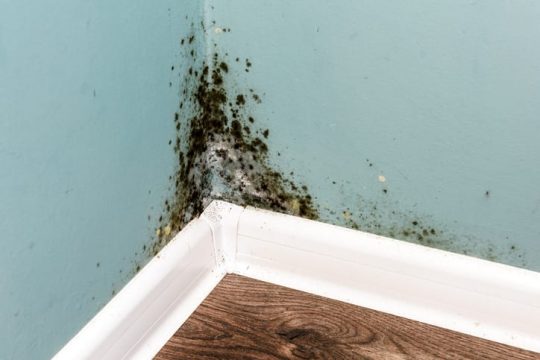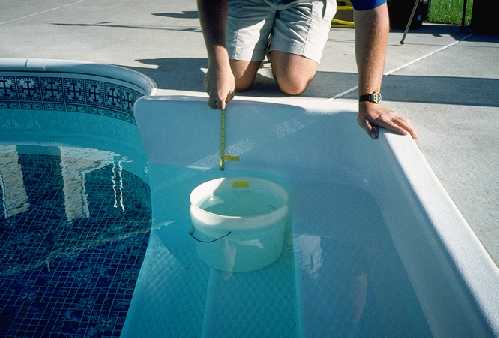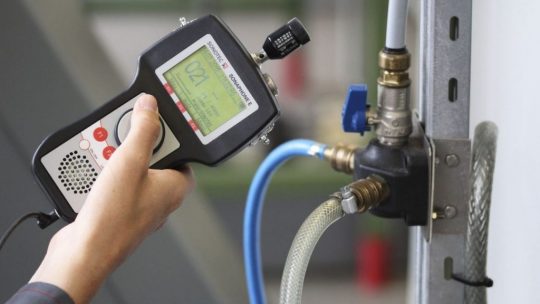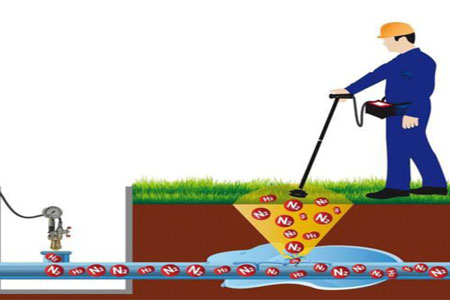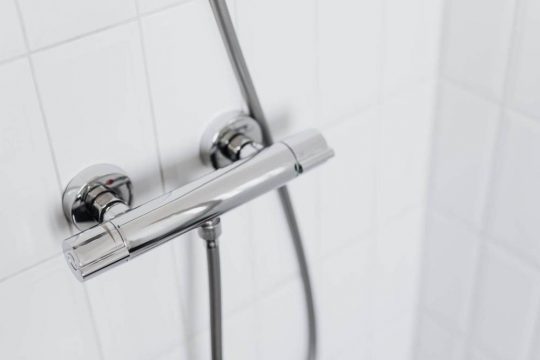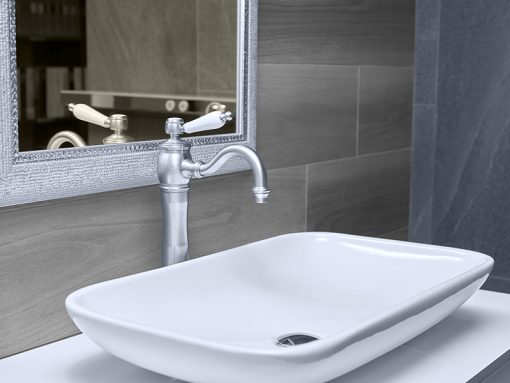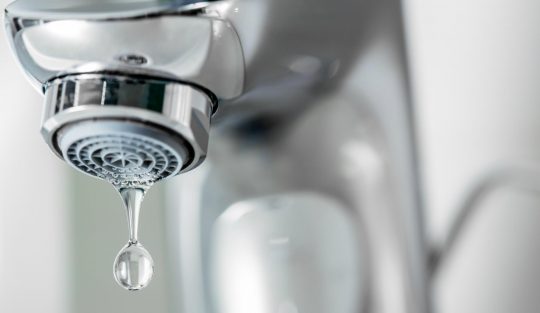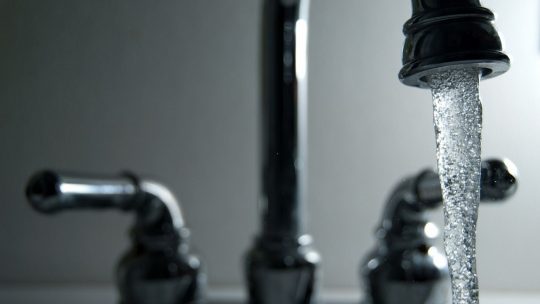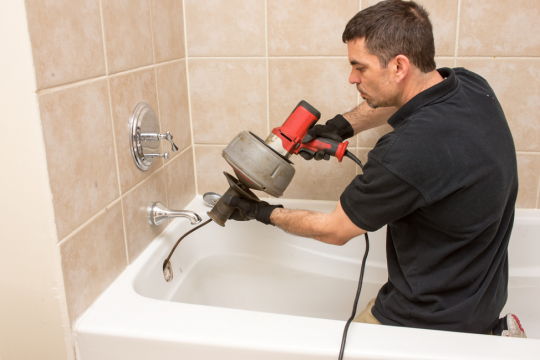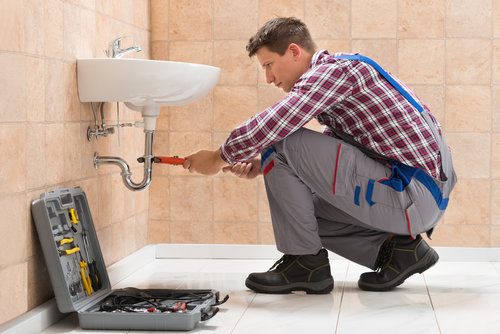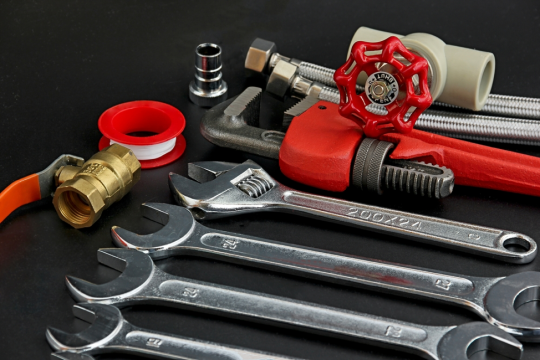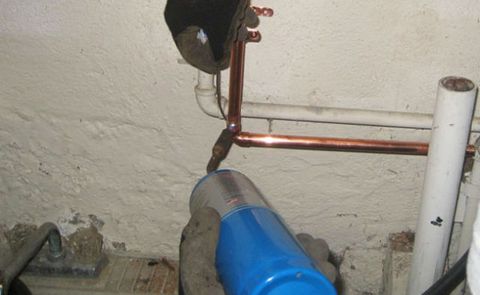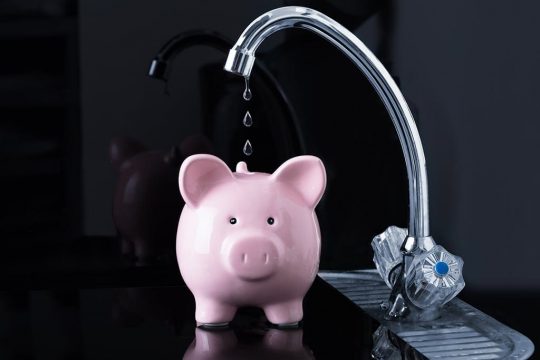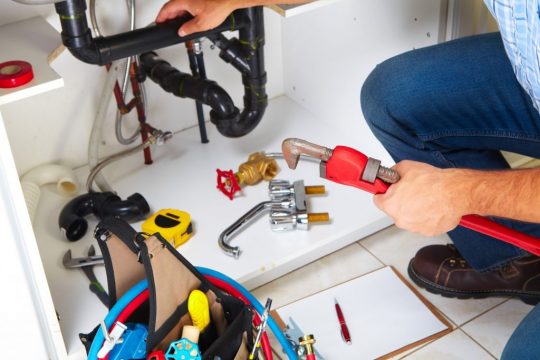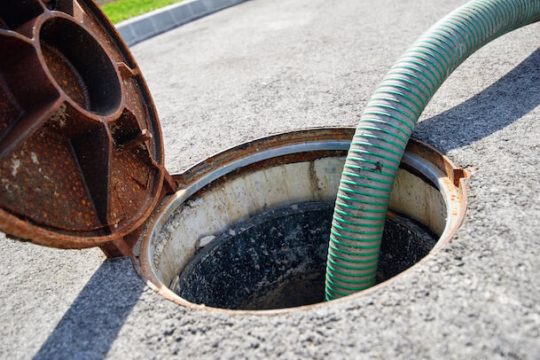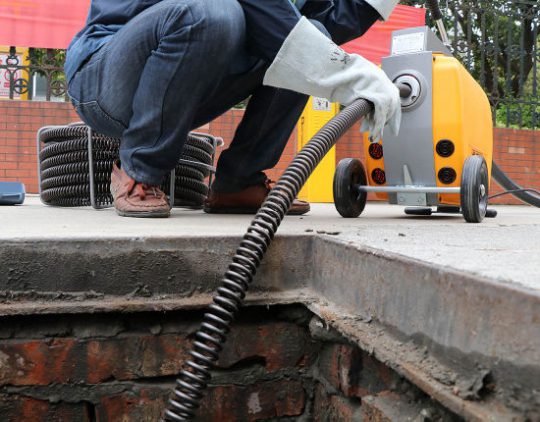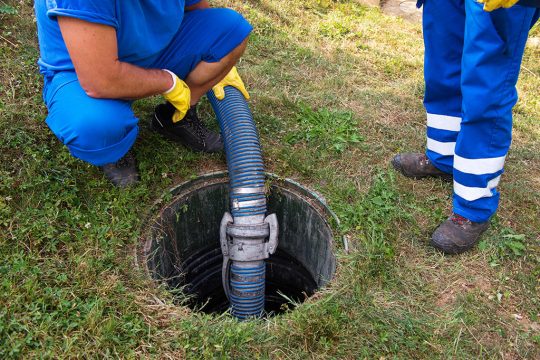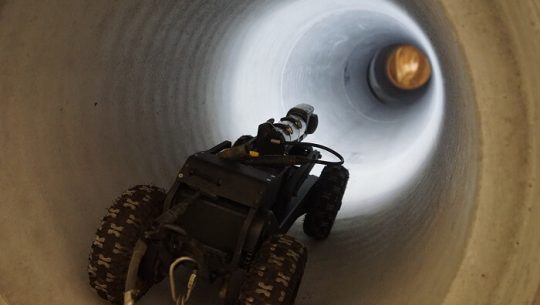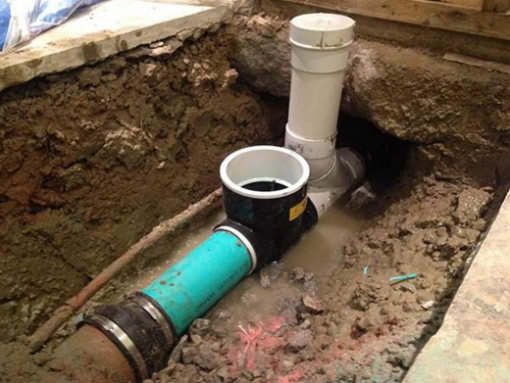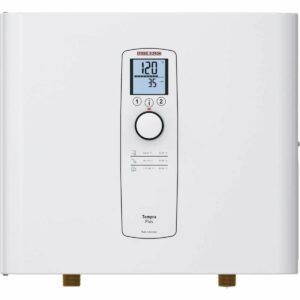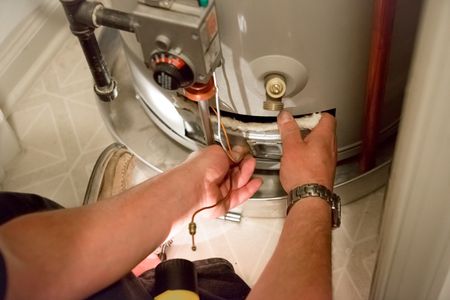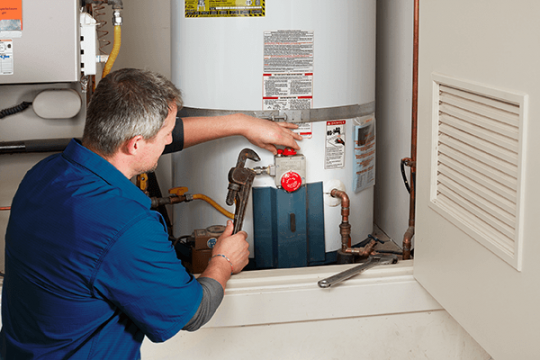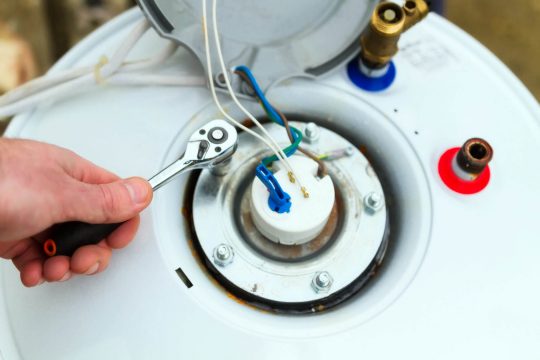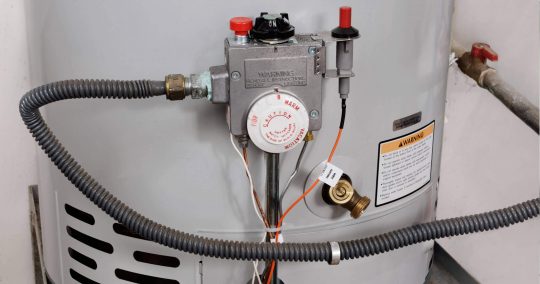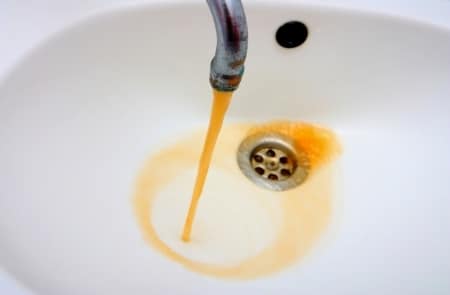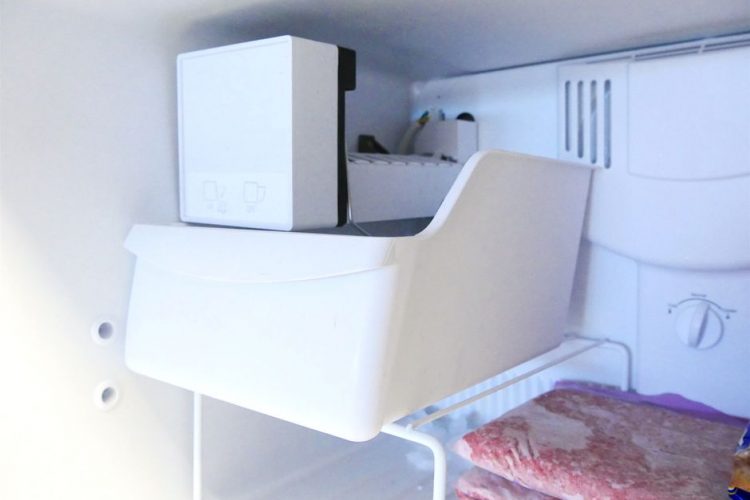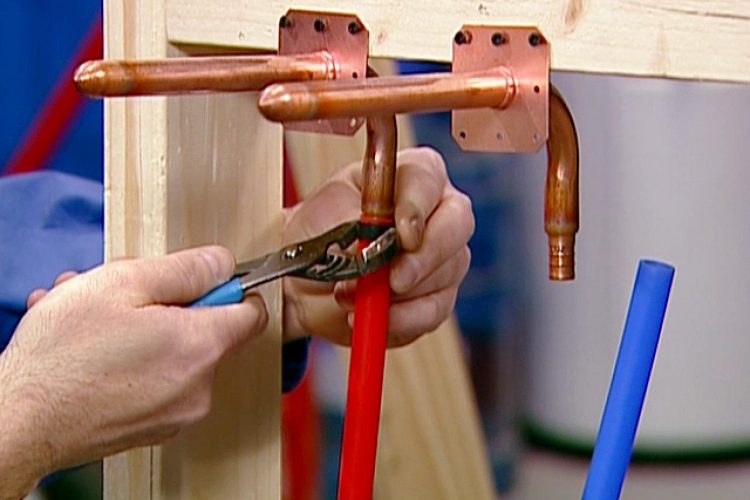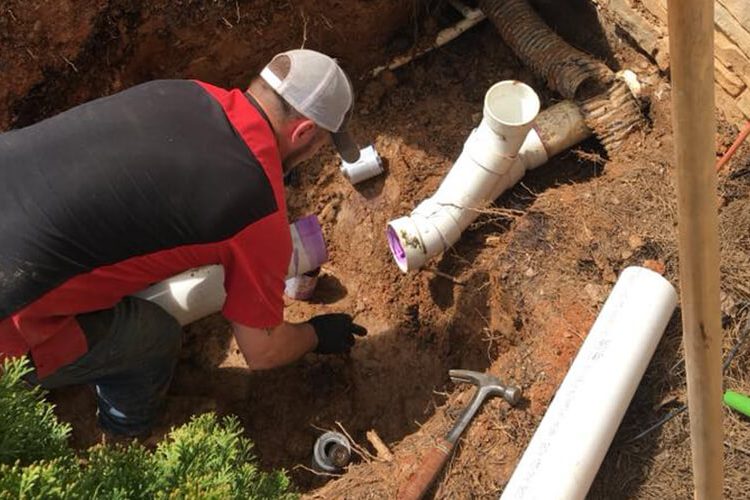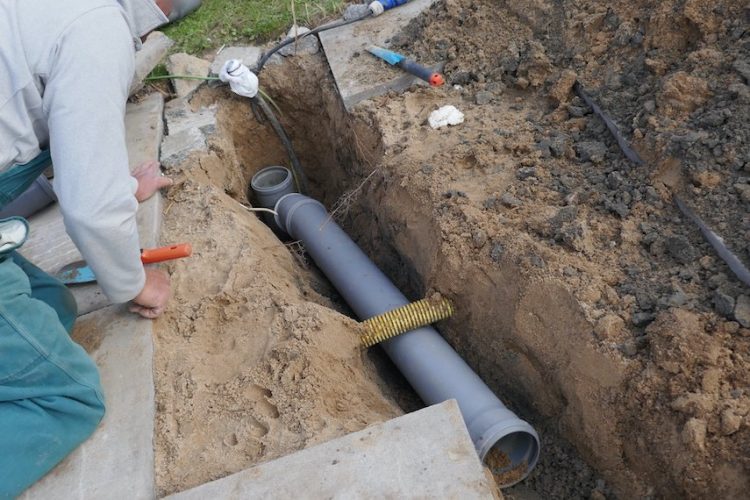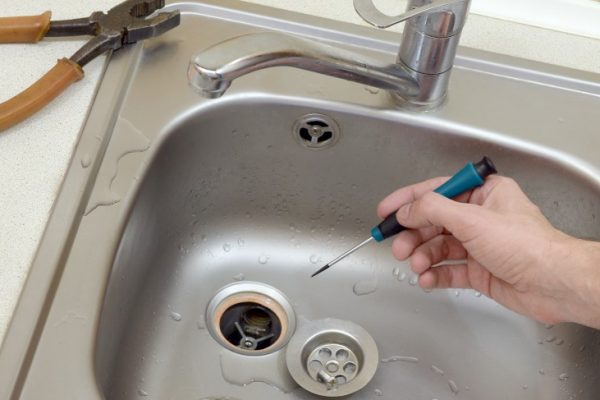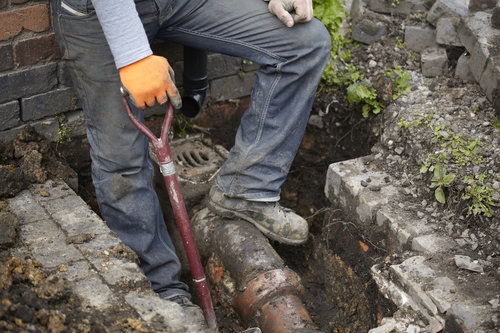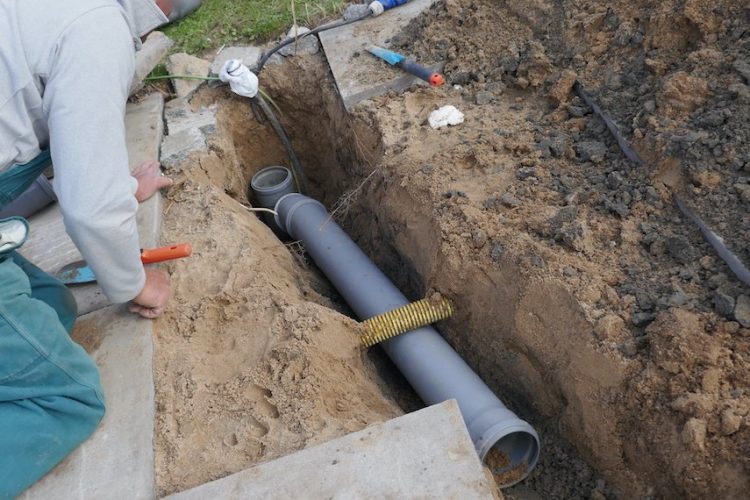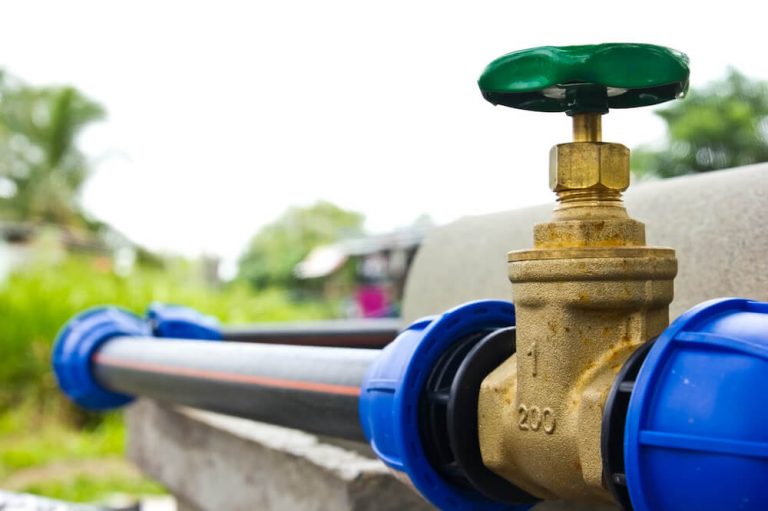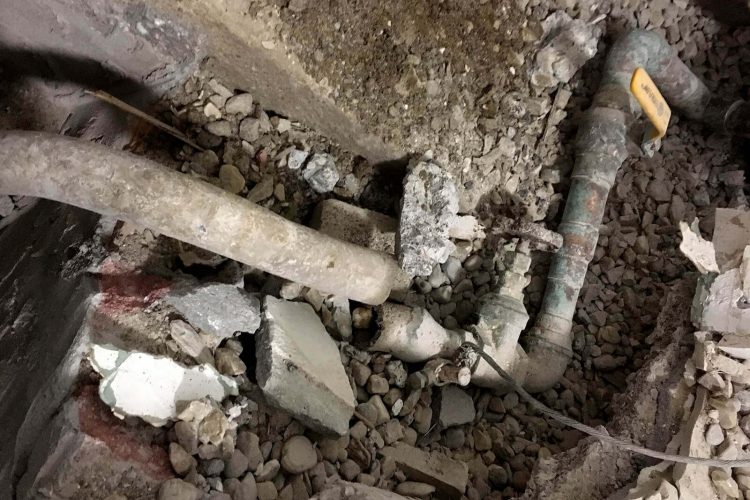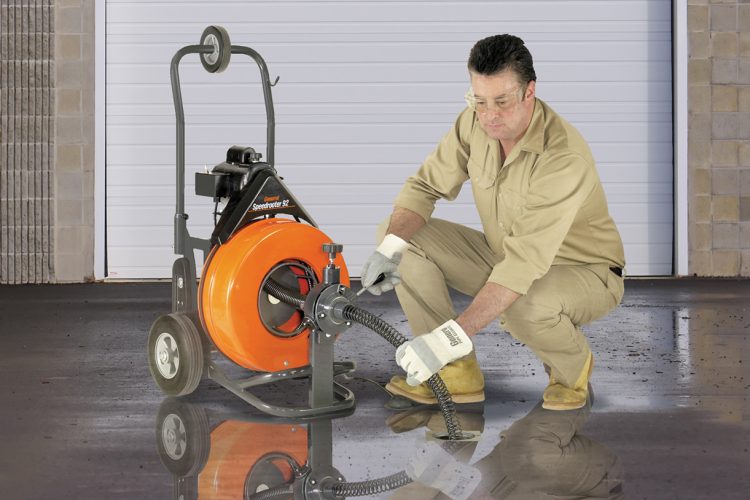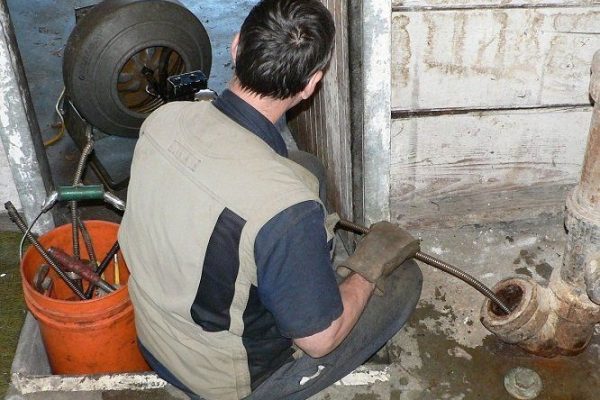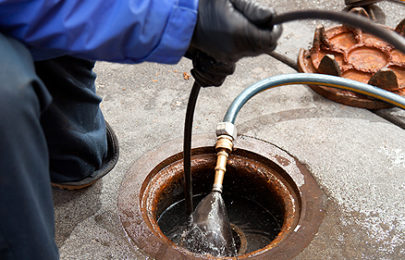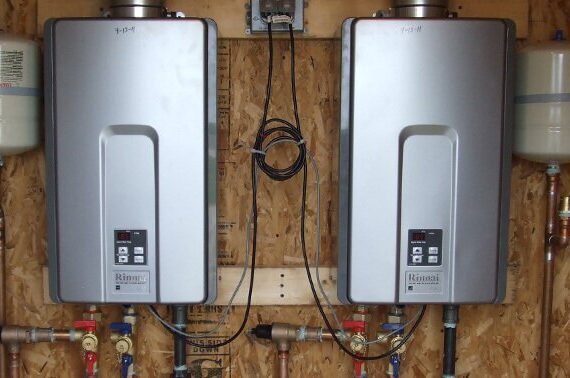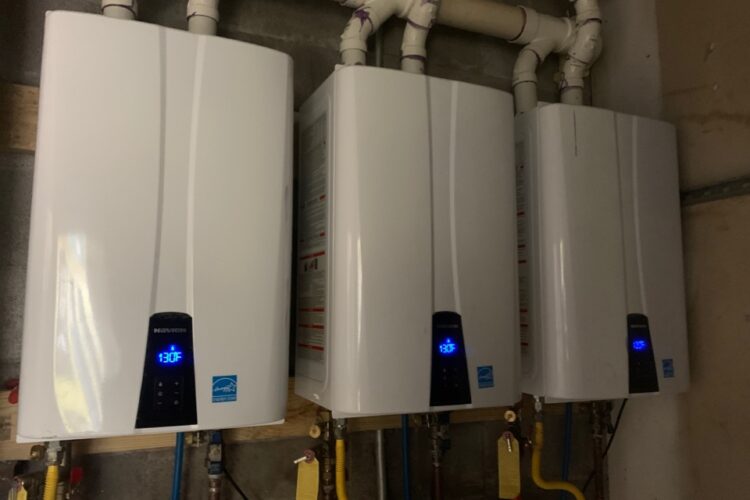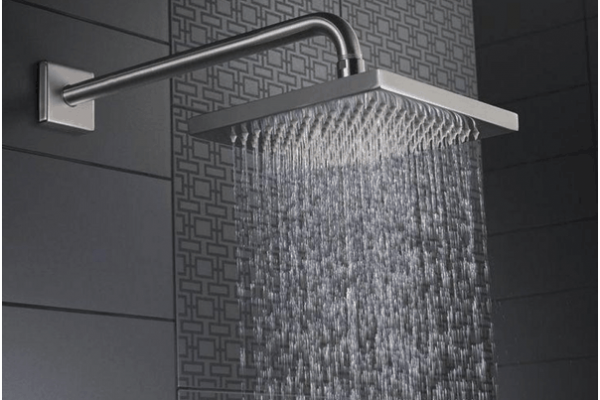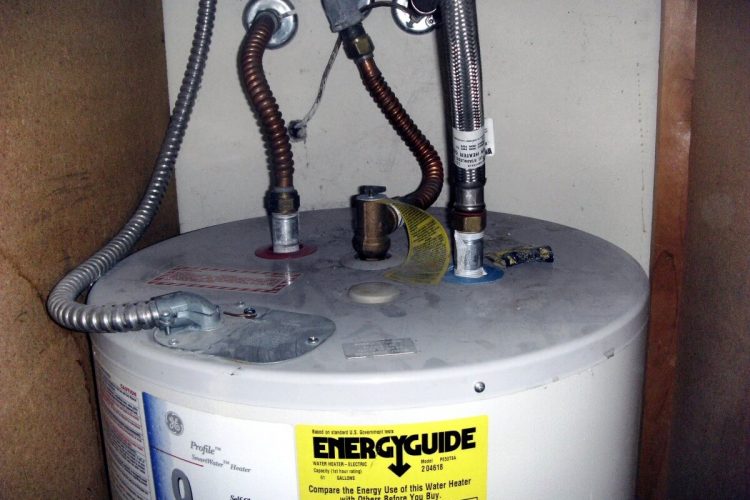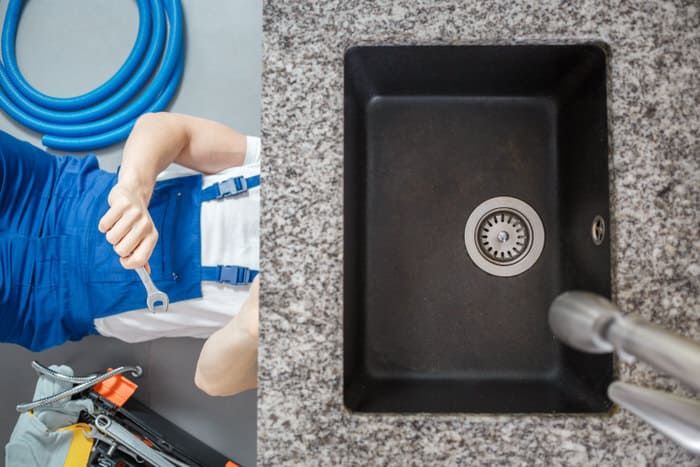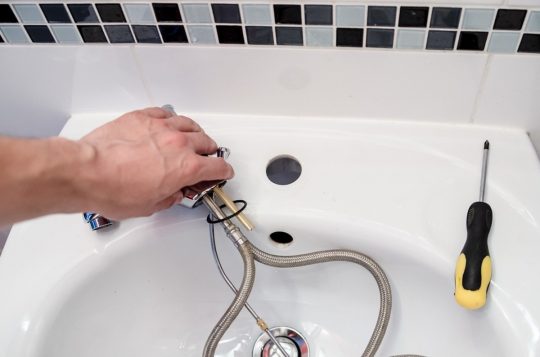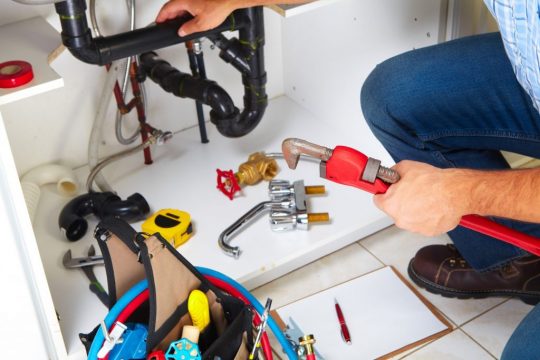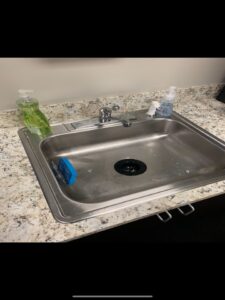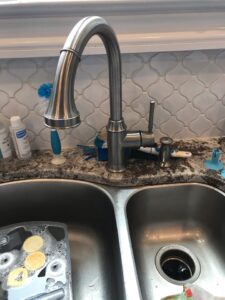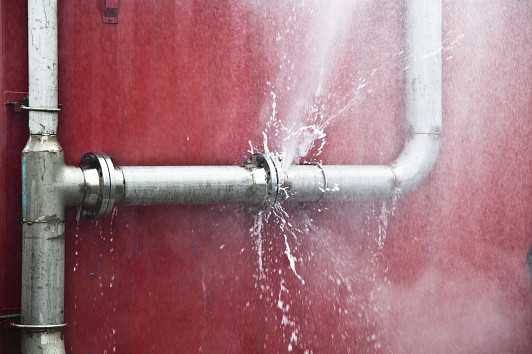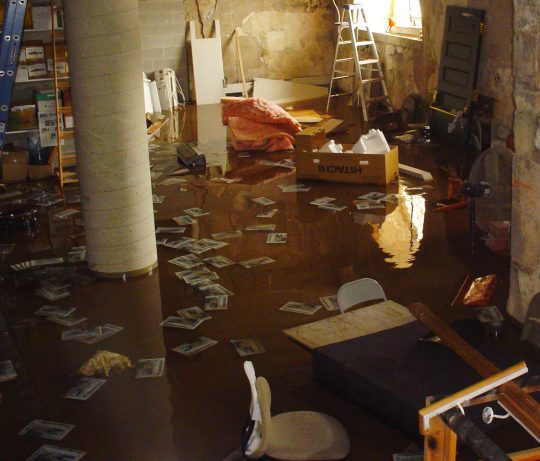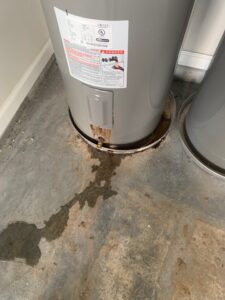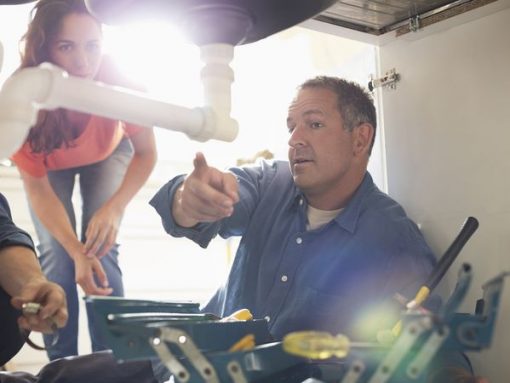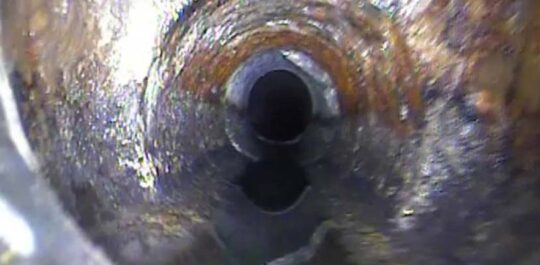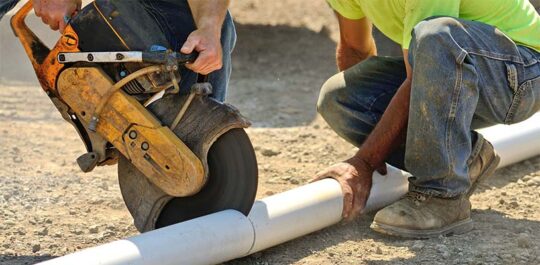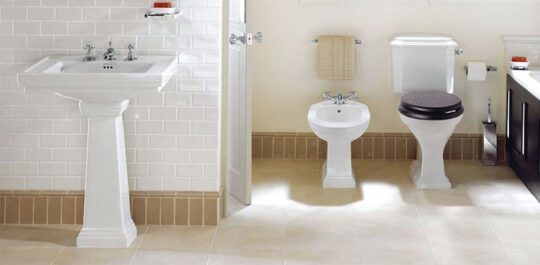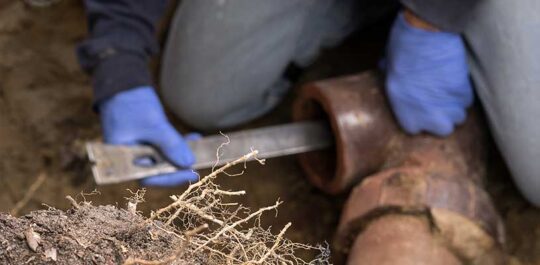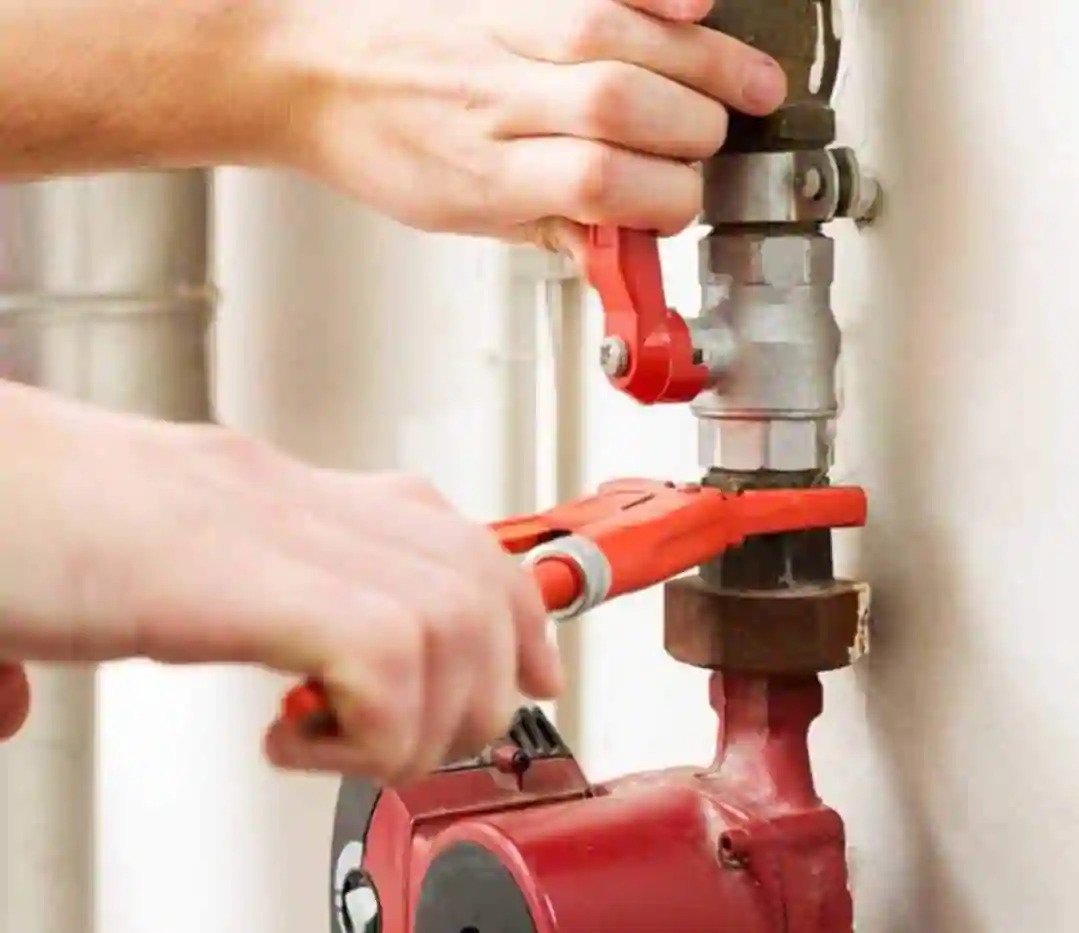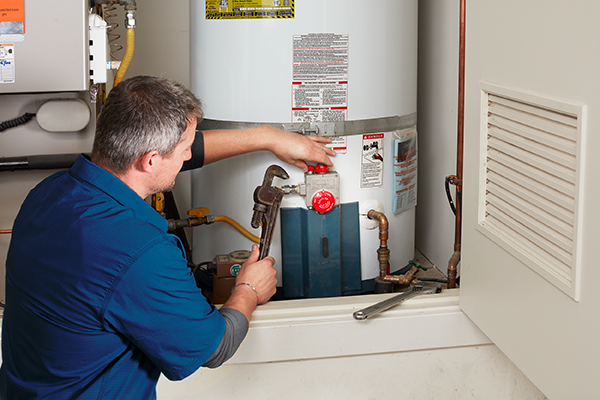Plumbing Maintenance How to flush an electric water heater
Your electric water heater works hard every day, supplying your home with hot water, so it only makes sense that it also needs TLC from time to time. While a hot water heater can last anything from 8-12 years, regular maintenance can only help improve efficiency and increase its lifespan. Today, our Atlanta master plumber shows you how to flush your water heater.
Why Flush a Water Heater?
Over time, mineral deposits build up within your water heater. Not only does this affect the quality of your water, but it also settles on top of the element. When this happens, your system has to work harder to deliver the hot water you require and when it works harder, it inevitably reduces its lifespan.
Flushing an Electric Water Heater Step 1: Locate the Switch
You should always switch your hot water heater off at the mains before performing any maintenance. You may wish to turn off the hot water heater the night before you plan on performing maintenance, allowing it to cool overnight.
Flushing an Electric Water Heater Step 2: Switch Off the Cold Water Supply
Locate your water shut-off valve and rotate it clockwise. This valve is usually located near the inlet at the top of your tank.
Flushing an Electric Water Heater Step 3: Open a Faucet
Opening a hot water faucet in the tub or basin can help prevent vacuums from forming in the lines and prevent many problems.
Flushing an Electric Water Heater Step 4: Attach a Hose
Locate the drain cock (which looks like a regular garden faucet), which should be located near the bottom of your electric water heater, and attach the hose. You will have to extend it to where the water can safely discharge, such as to the outside drain or perhaps into the driveway. Coldwater can be saved for watering the garden.
Flushing an Electric Water Heater Step 5: Drain the Heater
Place a bucket underneath the discharge pipe and open the pressure-relief valve, which should be located at the top of your heater in order to allow the water to flow freely. It’s usually a flip switch. Be careful if the hot water heater is old and the switch is plastic, as it may break.
Caution:
Ensure that the water does not drain out too quickly, as this can stir up sediment, which will hamper the process. Unless you let the water cool overnight, it will be very hot.
Flushing an Electric Water Heater Step 6: Test the Water
Fill a bucket with water while it is still flushing and allow it to stand undisturbed for a while so that you can see if any sediment settles at the bottom of the bucket. Your next step will depend on whether the water is discolored or not. If you see sand-like deposits at the bottom of the bucket, you need to continue draining your tank until the water runs clear. If the tank is empty, but you think that there is still some remaining sediment, turn the cold water supply on to allow more water to enter the unit. After filling the tank partially, repeat the steps above until you are satisfied that the water is clear before moving onto step 7.
Flushing an Electric Water Heater Step 7: Final Steps
Close the drain cock and pressure relief valve, and remove the hose. Turn off the hot water faucet in the bathroom to bleed air. Turn on the water supply to allow the tank to fill up. Once the tank is full and pressure has equalized, open the pressure-relief valve slowly to allow excess air to bleed off. Once the hot water faucet is running at full volume, turn on the power again and turn off the tub spigot. Draining your hot water heater is as easy as described in these 7 steps. Once you have completed the process, water for 20 minutes to see whether the water is heating up. If you run into any trouble, or if you’d prefer professionals handling the process, call Ridgeway Mechanical.

